The Eternal Power Of Hokusai's Great Wave
BONUS: Check out the 36 Views Of Mount Fuji by Hokusai
Towering over the diminutive Mount Fuji in the background, the monumental azure wave in Katsushika Hokusai’s woodblock print “The Great Wave off Kanagawa” has become one of the most recognizable images in the world. With its clawing crest and foaming tentacles, this quintessential work of ukiyo-e (“pictures of the floating world”) printing exemplifies the vibrant style that flourished during Japan’s Edo period.
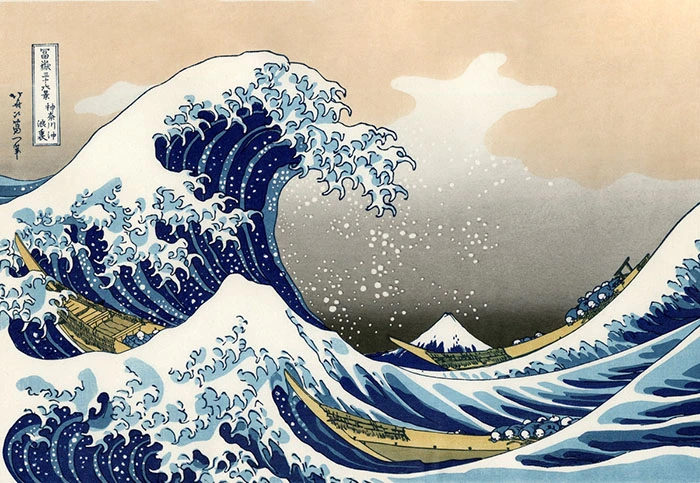
The ground breaking image depicts not a tsunami, but one of the smaller rogue waves that could strike unexpectedly off the coast of Kanagawa prefecture. This symbolic rendering of nature’s power and human fragility resonates through the three tiny boats carrying terrified fishermen at the wave’s base.
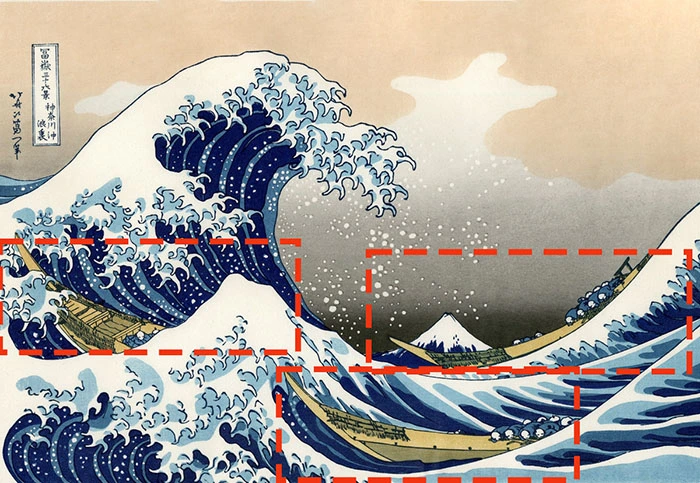
A Masterwork Of Colour and Composition
Art critics have marveled at Hokusai’s supreme draftsmanship in this 1831 masterpiece. He skillfully uses asymmetry to position the wave slightly off-center, allowing the negative space to enhance its monumentality. Subtle diagonal lines formed by the crest, boats’ wakes, and Mount Fuji’s slopes add dynamism.
Unique for its time, “The Great Wave” capitalized on the newly imported Prussian blue pigment and advanced Japanese woodblock printing techniques. Hokusai’s pioneering process involved carving separate woodblocks for each vibrant color, using mineral-based inks, printing in reverse with the top ink first, and cheap mulberry papers for richer absorption.
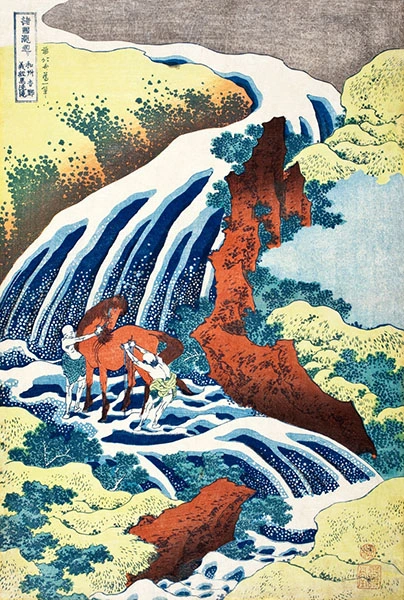
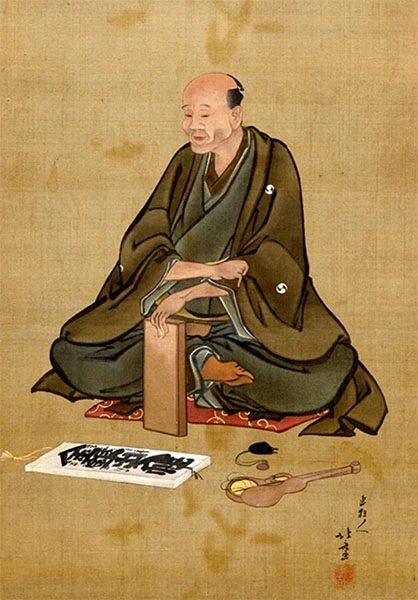
Cresting Influence On Western Avant - Garde
Though exemplifying an established Japanese tradition, Hokusai’s ukiyo-e prints like “The Great Wave” catalyzed a revolution among Western artists seeking to break from convention. Van Gogh was particularly enamored, collecting Hokusai’s bold compositions with intense colors. Their influence is visible in Van Gogh’s vibrant palettes, flattened forms, contoured line work, and inventive perspectives.
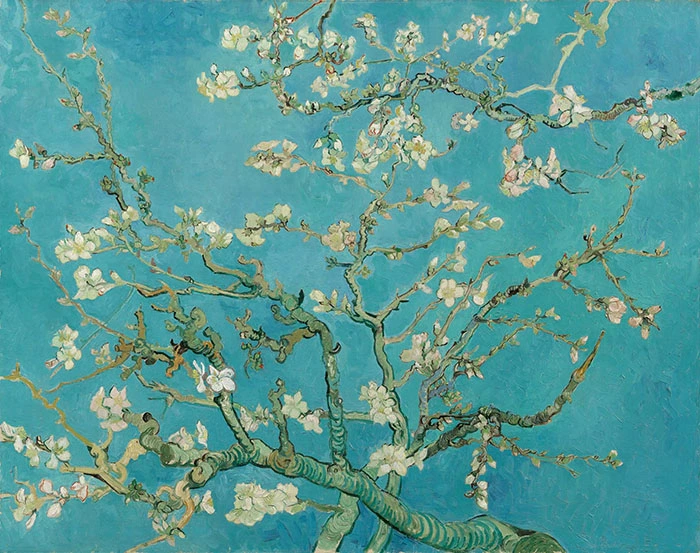
Other artists like Degas, Gauguin, and Toulouse-Lautrec similarly embraced ukiyo-e’s innovative techniques like asymmetry, negative space, and horizontal formats. This Japonisme craze extended to Art Nouveau and later modern art movements, with the ripple effects of Hokusai’s woodblocks still resonating today.
Deeper Cultural Currents
Beyond its pioneering artistry, “The Great Wave off Kanagawa” reflects deeper cultural undercurrents of its era. It was originally just one of 36 views in Hokusai’s famous landscape series celebrating Mount Fuji – a spiritual and physical symbol of Japanese identity. The series catered to growing tourism by offering visitors affordable yet beautiful souvenir prints. The raging wave itself evokes Japan’s isolationist policies during the early 1600s, implemented out of fear of Western invasion from industrialized nations. In this light, the cresting wave could represent the perceived threat from overseas powers that prompted Japan to close its borders for over 200 years.
BONUS: The 36 Views are paintings of Mount Fuji seen from fields, rivers and lakes.
An Enduring Force Of Nature
In his advanced years and after overcoming personal tragedies, Hokusai spent years obsessively perfecting “The Great Wave” – a work that quickly outshone its companions in the 36 Views series. Originally an affordable woodblock print for the masses, it has transcended its origins to become an enduring icon of both artistic mastery and cultural significance.
Centuries later, Hokusai’s tour de force depicting nature’s grandeur and might continues to crest in our global consciousness – its eternal power and beauty inspiring tributes from guitar pedals to Olympic emblems. Like the rogue wave it depicts, this masterpiece’s influence seems destined to rise again and again, sweeping over our imaginations for ages to come.
BONUS: 5 FACTS ABOUT HOKUSAI
- Hokusai lost his two children and wife very early on
- He was struck by lighting at the age of 51 and had to learn to draw again
- Hokusai is known as the father of modern Manga
- Hokusai rarely worked alone, he always worked with a publisher and other collaborators like wood carvers, ink specialists etc.
- In his early life Hokusai mainly painted Kabuki actors (Actors during edo period), he later shifted to landscape drawing.
